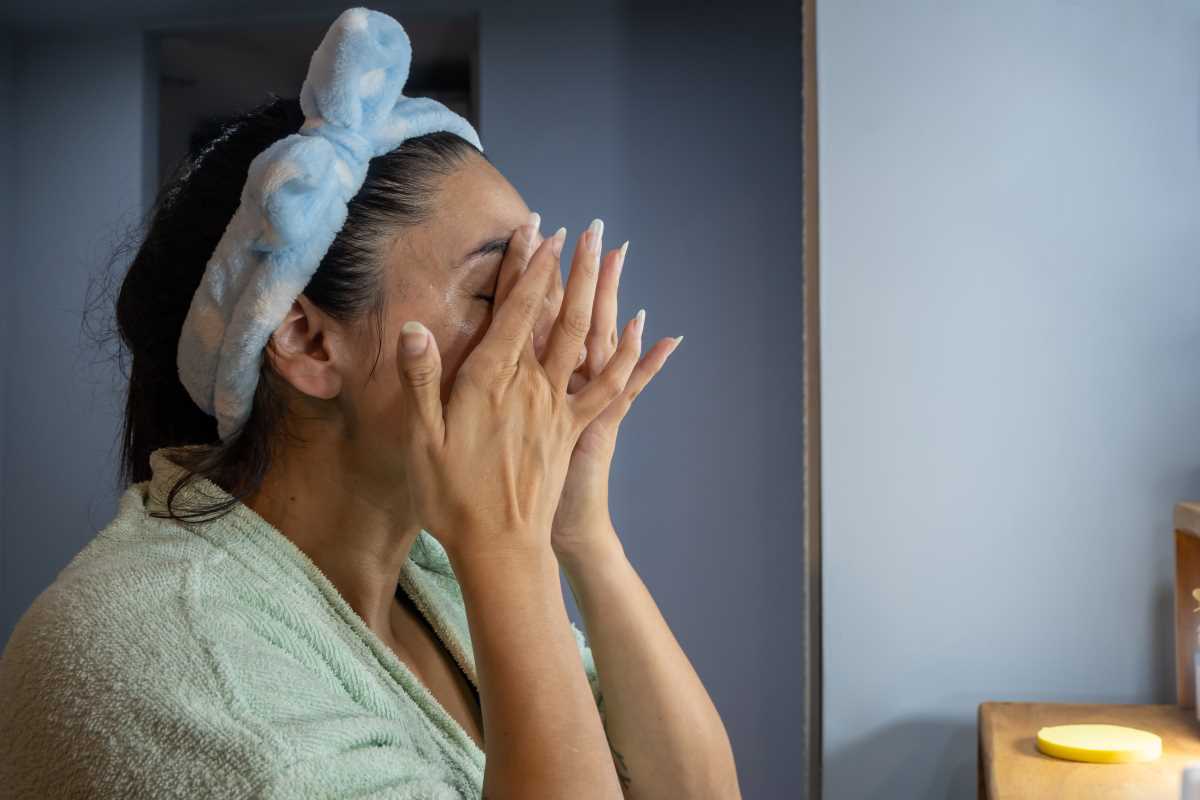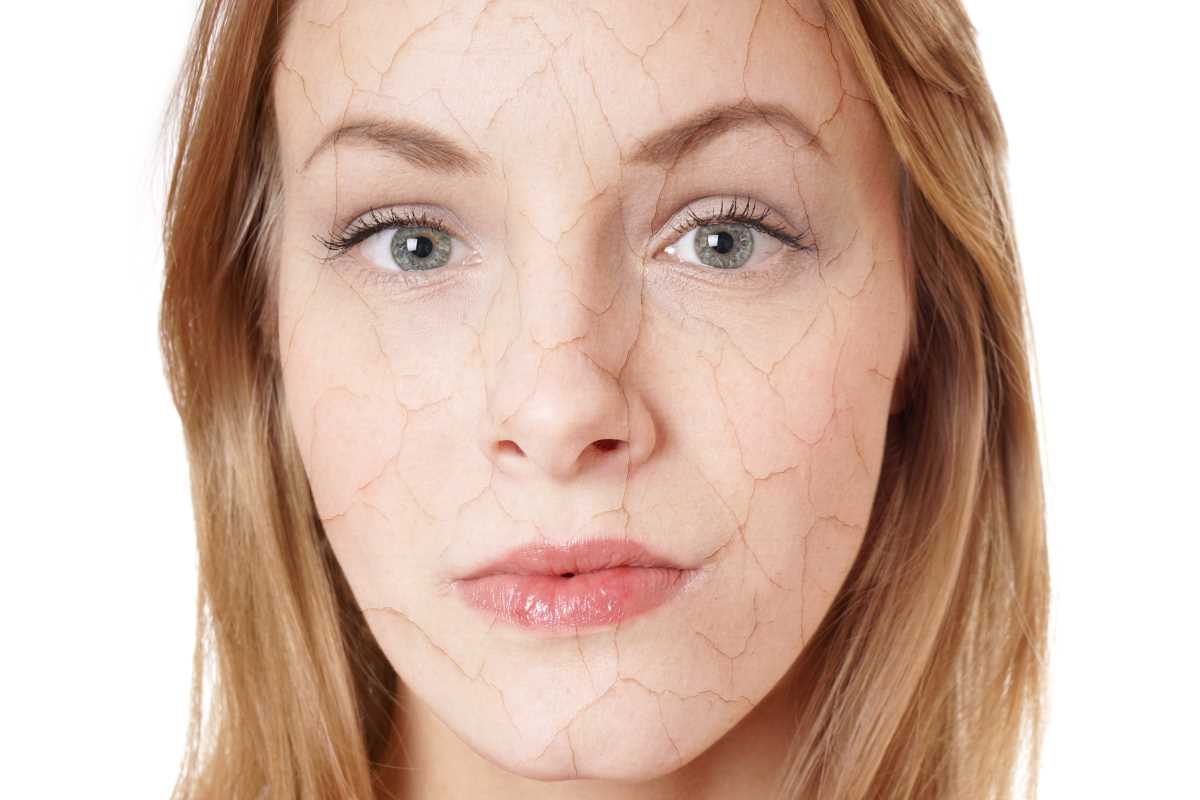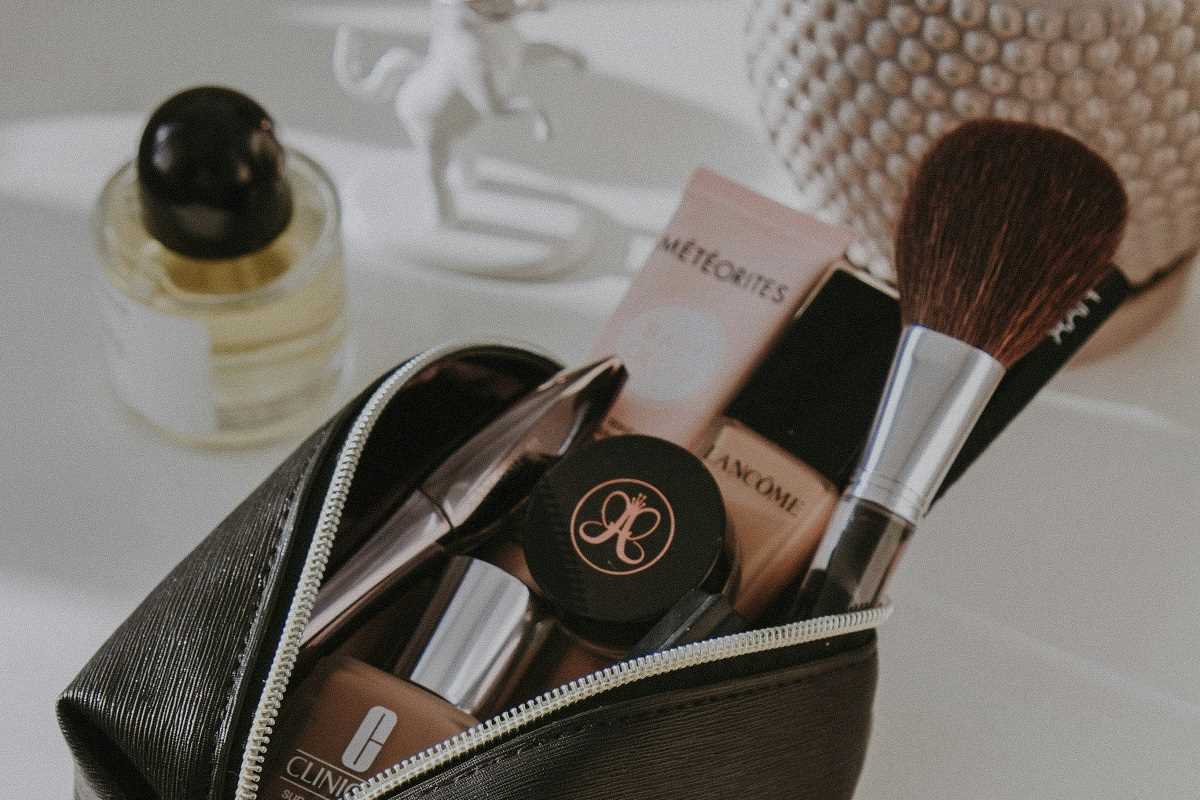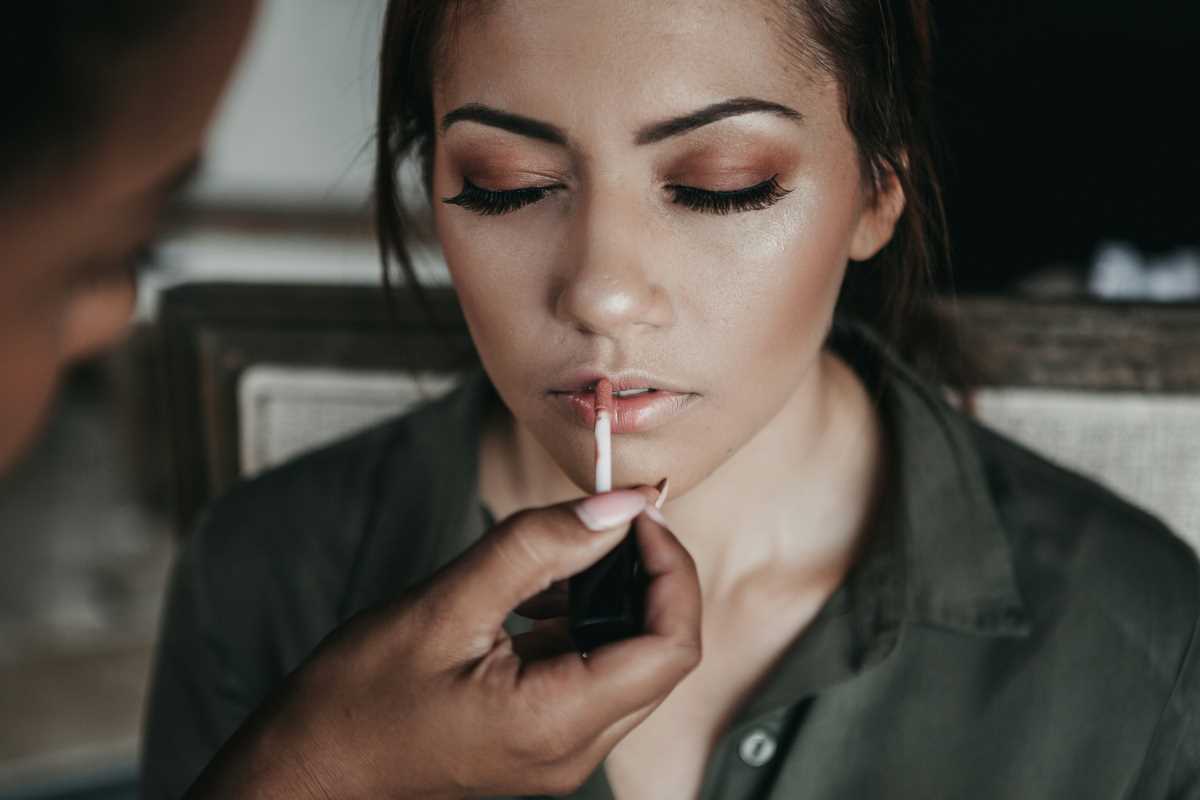When it comes to haircare, most people focus on the obvious—shampoos, conditioners, masks, heat protection, and the latest styling tools. We all want shiny, thick, healthy-looking hair, right? But there’s one area that often gets ignored, and it’s actually the foundation of great hair: your scalp. That’s right—healthy hair starts at the scalp. Think of it like gardening. You can’t grow strong, beautiful plants in dry, rocky soil, and the same goes for your hair. If your scalp isn’t in good condition, your hair will struggle to look and feel its best.
A lot of us don’t even think about our scalp unless we’re dealing with an obvious problem like dandruff or itchiness. But scalp care should be part of your regular beauty routine, even if everything seems “fine.” In this article, we’re going to break down why scalp health matters so much, how it affects your hair, and what you can do to take better care of it — without spending a fortune or needing to become a haircare expert.
Your Scalp Is Skin, Too
Let’s start with something simple: your scalp is skin. Just like the rest of your body, it can get oily, dry, irritated, clogged, or even sunburned. But because it’s covered by hair, we tend to forget about it. That skin on your head contains hundreds of hair follicles, and each one is responsible for producing a single strand of hair. If those follicles are blocked, inflamed, or not getting enough nutrients, your hair can become weak, slow-growing, or even fall out.
So, when you take care of your scalp, you're really just giving your hair the best possible environment to grow in. If your scalp is clean, balanced, and healthy, your hair has a much better chance of looking shiny, thick, and strong.
Signs Your Scalp Might Be Unhappy
You don’t have to be dealing with full-on dandruff to have an unhealthy scalp. Here are some subtle (and not-so-subtle) signs that your scalp might need some extra love:
- Itchy or tight feeling skin
- Flakes or dry patches (not just dandruff)
- Excess oil or greasy roots within hours of washing
- Breakouts or bumps around the hairline
- Hair that seems to grow slowly or breaks easily
These signs don’t mean you’ve ruined your scalp, but they are signals that something might be off-balance. Luckily, there are some easy ways to fix that.
The Link Between Scalp Health and Hair Growth
Healthy hair growth doesn’t just depend on genetics—it’s also about the environment those hairs are growing in. Each hair grows from a follicle that sits in your scalp. If that follicle is healthy, it will produce strong, thick hair. But if the follicle is clogged with oil, dead skin, or product buildup, hair may grow slower, thinner, or fall out more easily.
Think of it this way: your scalp needs to be clean and nourished to do its job well. If you’re using tons of dry shampoo, skipping regular washes, or ignoring scalp irritation, you might be slowing down your own hair growth without even knowing it.
What Causes Scalp Problems?
There are a few common things that can throw off your scalp’s balance:
1. Over-washing or under-washing: Washing too often can dry out your scalp, but not washing enough can lead to buildup and irritation. It’s about finding the right balance for your hair type and lifestyle.
2. Harsh shampoos or products: Ingredients like sulfates and alcohols can strip your scalp of natural oils. If your shampoo leaves your scalp feeling tight or itchy, it might be too harsh.
3. Buildup from styling products: Gels, mousses, and sprays can stick to your scalp and block hair follicles over time, especially if you don’t cleanse deeply every now and then.
4. Hormonal changes or diet: Just like the rest of your body, your scalp is affected by hormones, stress, and what you eat. Lack of nutrients can weaken hair and make your scalp more sensitive.
5. Environmental stress: Sun exposure, cold weather, pollution, and even wearing hats too often can irritate your scalp.
How to Care for Your Scalp
Good news—scalp care doesn’t have to be complicated or expensive. Here are a few easy steps to start adding into your haircare routine:
Use a Gentle, Scalp-Friendly Shampoo
Look for shampoos labeled as sulfate-free, hydrating, or for sensitive skin. Ingredients like tea tree oil, aloe vera, and salicylic acid can help with flaking and irritation, but avoid anything that makes your scalp sting or feel stripped.
Exfoliate Occasionally
Just like your face, your scalp benefits from a little exfoliation. You can find scalp scrubs or use a scalp brush to gently remove dead skin and buildup. Doing this once a week can keep follicles clear and improve circulation.
Don’t Skip Conditioning the Scalp
People often only apply conditioner to the ends of their hair, but your scalp needs moisture too. Try massaging a lightweight conditioner or a scalp serum into the skin and rinse it thoroughly. If your scalp is oily, skip this step and focus more on cleansing.
Massage for Circulation
Scalp massages feel great, and they also help stimulate blood flow to your hair follicles. Better blood flow means more nutrients and oxygen, which can lead to better hair growth over time. You can use your fingers or a scalp massage tool for a couple of minutes while shampooing or before bed.
Be Careful With Heat and Chemicals
Frequent coloring, bleaching, and heat styling can damage not just your hair, but your scalp, too. If you color your hair, make sure your scalp isn’t already irritated before applying anything. Always follow up with gentle care and hydration.
Products That Can Help
If you’re ready to get serious about scalp care, here are some product types to consider adding to your routine:
- Clarifying shampoo: Use this once a week to remove heavy buildup.
- Scalp serum or oil: Lightweight formulas can help soothe dryness and flaking.
- Dry shampoo with gentle ingredients: If you rely on dry shampoo, make sure it’s not clogging your pores.
- Scalp scrub or exfoliating brush: These help remove dead skin and encourage healthy follicles.
You don’t need to use all of these at once. Start with one or two and see how your scalp responds.
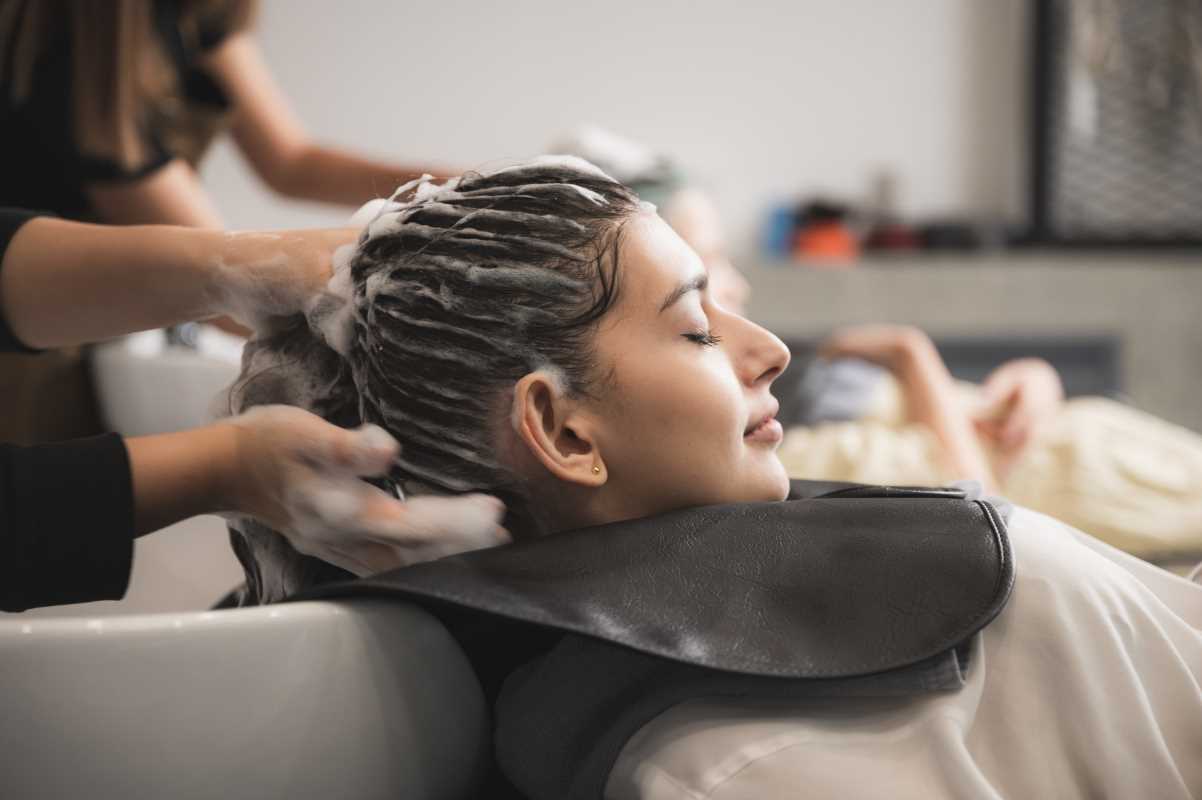 (Image via
(Image via